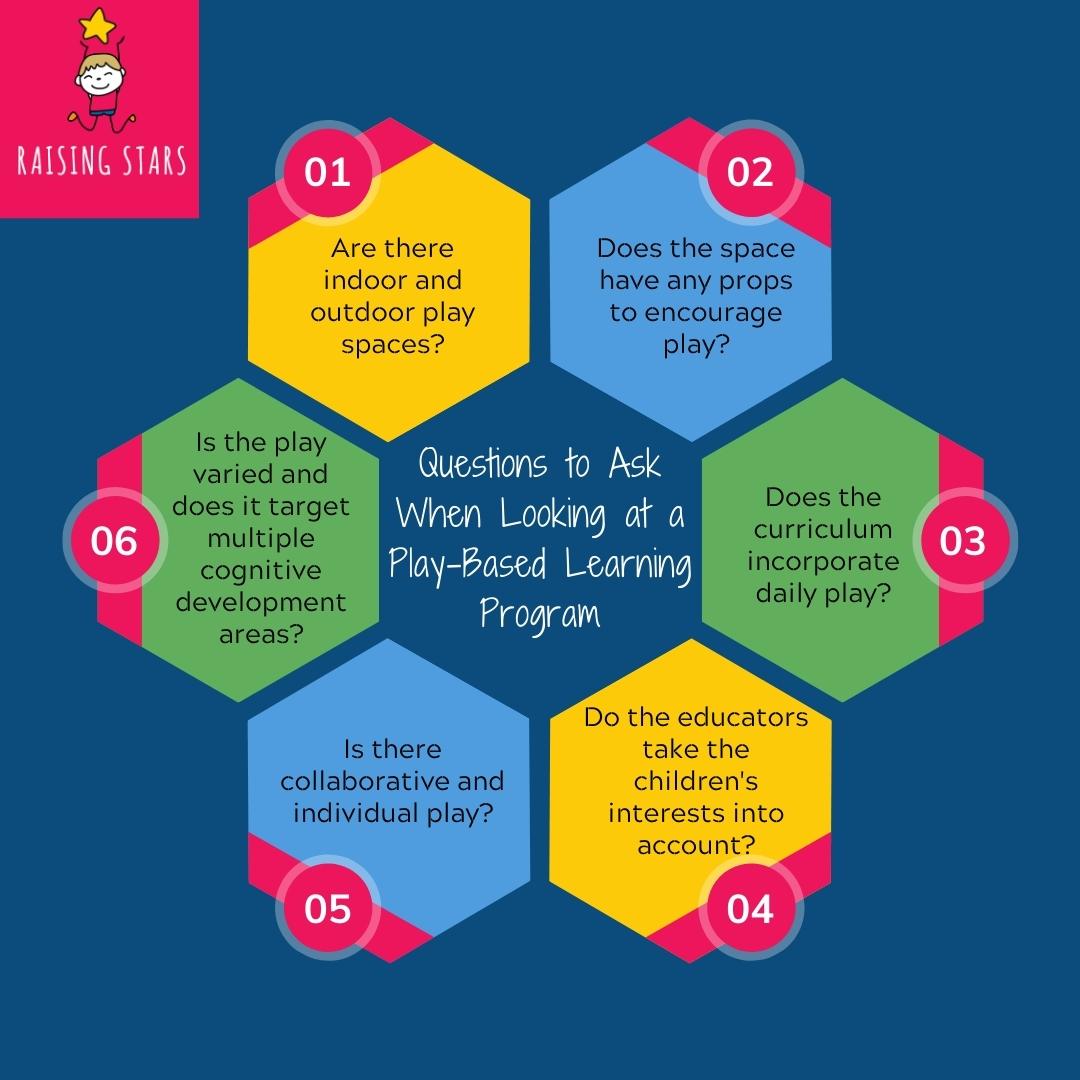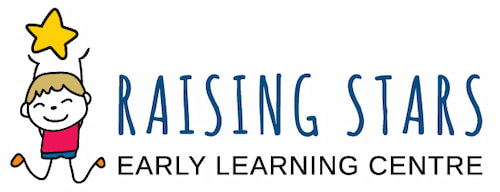Play-Based Learning
Play is an essential part of a child’s cognitive development as it targets various learning areas across emotional, physical and imaginative levels.
By effectively implementing a play-based program in your early childhood centre, you can ensure sound child development while also helping to create a fun and engaging learning environment.
What is Play-Based Learning?
Play-based learning involves educators using unstructured play as a primary tool to help fulfil learning outcomes. Play can help establish effective learning contexts by promoting social, emotional, physical and cognitive benefits for the child.
Unstructured play differs from structured play, as it targets a child’s creativity by allowing them to take control of their own learning development. This play is child-centred, meaning that educators have less involvement in guiding the child’s thinking process, leaving them to investigate their own interests.
The Early Years Learning Framework places a specific emphasis on play-based learning.
Often, the best early childhood educators are the ones that realise the importance of play-based learning and incorporate it within their curriculum on a daily level.
The Importance of Play-Based Learning
Children learn best in a hands-on and engaging environment, which play ultimately provides. Every play opportunity that a child encounters can offer meaningful and essential learning experiences, helping them make sense of the world around them.
Not only do play-based programs provide increased exposure to new concepts or ideas, but they also help children make positive mental associations between fun and learning. In turn, this lays an important foundation for developing children into curious and engaged learners.
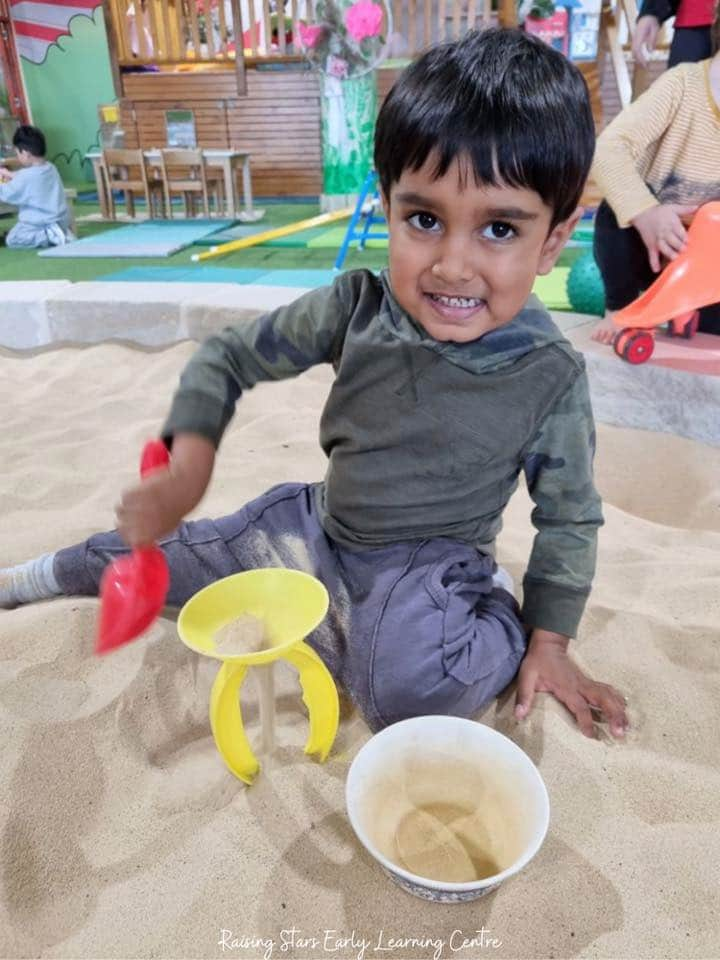
Types of Play in Early Childhood Education
The Queensland State Government identifies various types of play that can benefit a child’s development.
These are:
- Dramatic play: using symbols or props to reenact real-world scenarios.
- Fantasy play: targeting child imagination to create make-believe stories.
- Exploratory play: experimenting and investigating with objects or equipment.
- Manipulative play: using materials to construct structures, solve puzzles or design patterns
- Digital play: using a range of electronic equipment (phones, tablets, computers) to build a child’s digital literacy.
- Small world play: using small toys (e.g. miniature farm set) to engage children.
- Games with rules: using specific games with a learning objective in mind.
- Physical play: children use their bodies to target fine motor skills, including ball games or engaging with outdoor play equipment. Physical activity is an essential part of building healthy relationships with exercise for children.
The Differences Between Play-Based and Academic Learning
Play-based learning is typically more common in early childhood education centres, as the program is child-centred and children are empowered to self-direct their play.
Meanwhile, academic learning is more teacher-orientated. This means that the teacher takes control of the activities, often planned with specific objectives in mind. Generally, academic learning is more common in primary and secondary educational institutions.
Elements of Play-Based Learning
Play-based learning holds plenty of learning potential if implemented properly. There are 5 key elements that you can use to help incorporate effective and meaningful play.
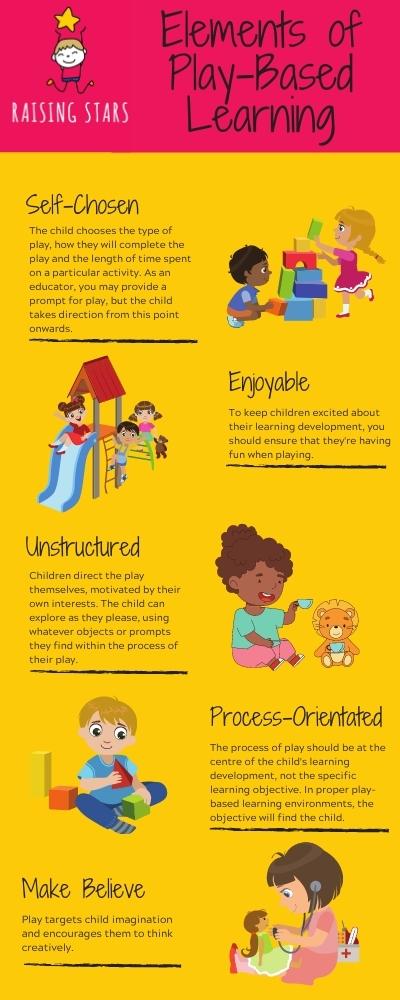
Types of Play in Early Childhood Education
As play-based learning is unstructured, it can target multiple areas of a child’s learning development.
Such benefits of play-based learning include:
- Improves language development: play promotes children to communicate instruction and learn new words, helping them form practical language skills.
- Fosters social connections: play is often collaborative (especially in early childhood learning centres). This helps children learn cooperative social skills essential for building positive relationships.
- Enhances creativity and imagination: play helps children engage their imagination to create new worlds or scenarios.
- Creates positive attitudes towards learning: having fun helps develop healthy relationships with learning that can benefit them later.
- Develops child confidence: children build confidence when dealing with new concepts that emerge from play-based scenarios.
- Builds emotional intelligence: interactions that emerge from children help develop their emotional intelligence, as they are often required to put themselves in the position of others. This helps with their ability to problem solve and resolve conflicts.
- Introduces new literacy and numeracy skills: children may be exposed to literacy or numeracy concepts in some play scenarios. This helps children create positive associations and relationships with these concepts, targeting critical cognitive areas.
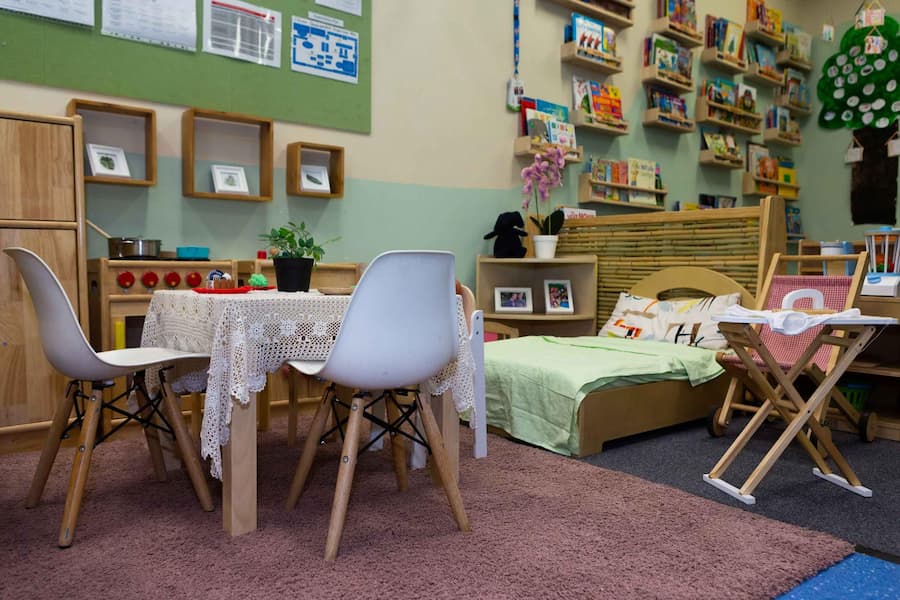
Challenges of Play-Based Learning
While play-based learning offers a range of benefits, the education strategy can also have some challenges. Play-based learning environments have the potential to create arguments or conflicts between children. This is because children cannot compromise when deciding the direction of play when collaborating with others.
Research shows that there are also structural challenges with play-based learning. These studies reflect that educators fail to engage all children equally during play due to time restraint or class size. Furthermore, play-based learning cannot reach all types of children. Naturally shy kids tend to struggle to benefit from collaborative play and may become disinterested in the learning program.
Another challenge is that some parents may not understand the value of play. It can be common for parents to critique your frequent inclusion of play-based learning within your curriculum, as they believe academic programs are a more suitable education model.
By understanding these challenges, educators can prepare themselves for any problems that may emerge from their play-based environments.
Play-Based Learning Activities
There are a range of play-based activities that you can initiate in your early childhood learning centre to promote play-based learning. However, it is vital to keep in mind that you must let children direct the play once they start playing.
Some general ideas for play-based learning include:
- Finger painting
- Dress-ups
- Ball games
- Singing and dancing
- Playing with dolls or miniature toy sets
There are even more types of play that you can employ if you want your children to engage in certain areas of their cognitive development.
Science/Maths Play
Some ideas for play that encourages science or maths-based cognitive development include:
- Sorting containers by size and matching them with their correct lids.
- Making patterns with materials such as beads, tiles or coloured blocks.
- Playing card or board games.
- Shop pretend play (counting the number of items they need and how much it will cost).
When children play these games or activities, they are likely to encounter problems that may push them to extend their cognitive ability and challenge their learning development.
Literacy Play
Ideas for activities that may promote young children to extend their literacy skills are:
- Pretend kitchen play (for example, baking a cake and following a recipe).
- Rhyming games (for example, signing or reciting nursery rhymes).
- Observational games (for example, ‘I Spy’).
- Picture matching games.
Music Play
Young children’s play activities that may challenge them to think about musical concepts include:
- Play with musical instruments.
- Dancing to different beats or rhythms.
- Identifying different parts of a song.
- Making instruments (for example, putting rice in a bottle to shake).
Play-Based Learning Environments
Properly establishing a play-based learning environment is a key consideration for your early childhood centre. You should organise your space in a way that encourages children to interact, read, write and think critically. This can be achieved by setting up dedicated play areas that focus on specific cognitive areas.
For example, if you want to promote dramatic play that exposes mathematical concepts, you can set up a pretend shop with relevant props such as food items, a shopping list and price tags.
When creating a play-based learning environment, it is important to keep in mind to always allow the children to find their own learning objectives. For instance, if your children aren’t engaging with the desired learning objectives in the pretend shop, you cannot interject and guide the direction of their play.
Although the children may not be engaging with your intended objectives, play-based environments will always provide valuable learning opportunities.
Play-Based Learning Programs at Home
For parents, there are also various ways to implement a play-based learning program in your own home. The first step is to find out your child’s interests through meaningful conversations and then facilitate your home in a way that engages them. For example, if your child likes cooking, creating an imaginary kitchen space in your home is a great way to encourage play. Alternatively, you can have your child join you when cooking, helping you with small tasks around the kitchen, such as reading the recipe.
As parents, we should remember that every play opportunity offers some learning value for our children. Therefore, it’s equally important for your child to play in a learning centre and at home.
A Deeper Look: Play-Based Learning Theorists
An expansive collection of theorists value play as an essential element of child development. Popular theorists include Jean Piaget, Lev Vygotsky, Friedrich Fröbel and Maria Montessori, each offering differing perspectives on play’s relationship with cognitive growth.
Piaget states that play helps children learn about their social worlds as it uses all their senses. In particular, Piaget places a high value on investigative learning and sensory play to support children’s learning development.
Meanwhile, Vygotsky places more emphasis on the value of dramatic play, also known as imaginary play. This theory highlights that targeting a child’s imagination in play is essential for a child’s cognitive, emotional and social development. Vygotsky demonstrates that children learn valuable social lessons that help build their ability to think independently and internally through acting in roles other than themselves.
Froebel builds on this by stating that the best play-based approach is child-led. Froebel highlights the cognitive, spiritual and physical benefits of play, referring to it as one of the highest forms of expression during our early years.
Dr Montessori placed a high value on sensory play, mainly when applied to make-believe scenarios that use props. Dr Montessori highlights that props are an essential tool for a quality play-based program, noting their importance in supporting creative and imaginative environments.
Looking at all these theorists shows us that play is one of the fundamental pillars in child development and that every type of play should be addressed to ensure the best learning curriculum.
What to Look For In a Play-Based Learning Program
At times, finding an early years learning centre with a solid play-based program can be a difficult task.
When looking at the centre, you should see if:
- The learning environment has both outdoor and indoor play spaces.
- The spaces make use of any props to encourage play.
- The curriculum incorporates long periods of play at a daily level.
- The educators take the children’s interests into account when organising play.
- The educators encourage both collaborative and individual play.
- The play is varied and encourages cognitive growth across multiple development areas.
At Raising Stars, we recognise the importance of play and understand its value in early education if correctly implemented. Our centres in Five Dock, Gladesville and Gregory Hills are designed to encourage several types of play. For more information or to book an appointment to visit us, click here.
